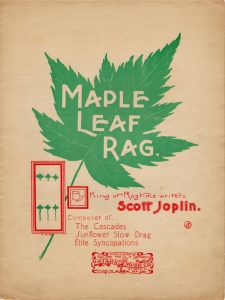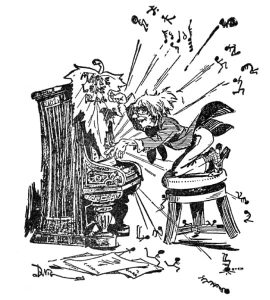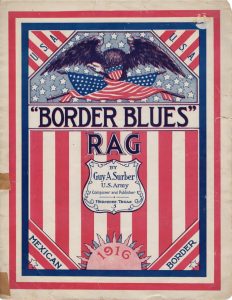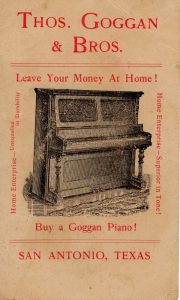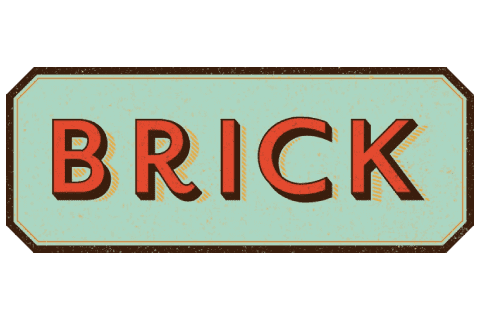You may be wondering
What is Ragtime?
Born in the second half of the 19th century, Ragtime’s unique blending of African rhythms with European classical harmonies and music traditions created a new kind of music as energetic and colorful as the young nation that bore it. The precise origins of the term “ragtime” are hard to pin down. Even in its own time, ragtime’s origins were obscure and even its spelling saw variation in examples such as “rag-time” and “rag time”, both of which were correct. One thing that people do agree on is that it was born in America, on plantations and in the hands of itinerant musicians. For those first few decades, ragtime continued to be seen as African-American music or as generally low culture. Nearing the end of the century, ragtime gained greater national exposure after being played at Chicago’s 1893 World’s Columbian Exposition.
Syncopated songs and mainly syncopated marches were popularly referred to as “rags.” Below is an example of an instrumental rag, Iliona, published in 1907.
The ragtime era (approximately 1897-1917) saw a lot of change in the way the world wrote, published, and enjoyed music; the music recording industry was in its infant stages, local publishers were being dominated by larger Tin Pan Alley companies, and new genres of music were coming to prominence. Blues and jazz were originally considered ragtime, but soon found their own identities. For a brief transitional period, the terms ragtime and jazz were sometimes used interchangeably. Swing, stride, and novelty also began their evolution around this time. World War 1 brought with it the end of ragtime’s optimistic and cheerful hold on popular music as tastes turned towards the newer, more grounded jazz.
Ragtime’s impact and influence on modern music are inescapable. Powerful rhythms, energetic syncopations, and risqué lyrics were here to stay. Ragtime also saw the relative acceptance of African-American influence on pop culture at a time when racism was commonplace. For a nation filled with peoples and customs from all over the world, ragtime became America’s own native music.
So where does San Antonio fit into this?
While Texas was never a center of the ragtime movement, it did manage to carve its own distinct niche. Texas Blues were some of the earliest published. Stride piano found its legs in the East Texas woods. Not to mention Scott Joplin himself was a Texan, born and raised. At the center of all this (geographically speaking) was San Antonio.
Home to several music stores and publishers and surrounded by several more, San Antonio was an important distributor of music to the great State of Texas. Thos. Goggan & Bros., the largest music house in all of Texas, had multiple stores in San Antonio and even printed sheet music in the city. The Alamo City’s early tourism business and many theaters brought in traveling musicians from all over. On top of ragtime, Mexican and German cultures lent even more character to the city’s musical offerings.
Even after the ragtime era ended, publishers like Southern Music Company and self-published musicians kept the legacy alive. Today remnants of this past are still standing. A couple of Goggan’s buildings are still around; one of them still sells sheet music from the time! Celebrations like Fiesta, music festivals like ours, and the countless music venues throughout the city all continue to keep San Antonio a city of music!


